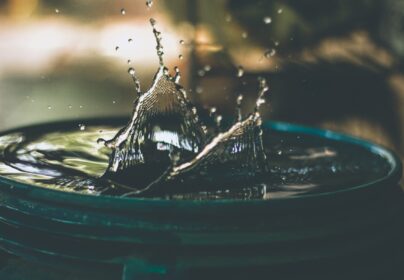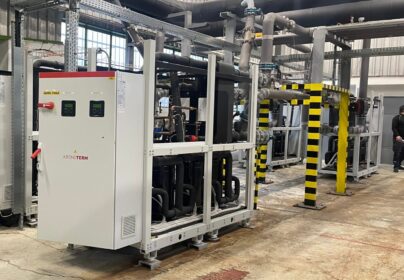In all cooling processes, heat is generated. This heat can either be waste if not utilized, or it can be used to heat something else. A clear example from everyday life is a refrigerator, which keeps its interior cool while releasing heat into the surroundings. As a refrigerator is a small appliance, the heat released is negligible and often goes unnoticed in the room. However, for larger industrial facilities with substantial cooling needs due to processing and production processes, envisioning them as enormous refrigerators is apt. These facilities consequently emit a significant amount of waste heat into the environment, which needs to be expelled into the air, rivers, lakes, or seas using fans and cooling devices. Processes requiring intensive cooling include cooling wine cellars, laser cutting, laundries, ventilation in mining shafts, food processing, and more.
Waste heat is low-temperature heat that cannot be directly utilized. It can be regarded as untapped energy, a valuable thermal resource already present that does not require additional acquisition – we just need to know how to harness it.
WASTE WATER THAT IS NOT WASTED
This waste heat can be seen as a burden, considered waste, or as a valuable asset that can be used to our advantage. At Kronoterm, we opted for the latter approach years ago, offering systems that harness waste heat to make it useful for other processes. Among the typical processes for which waste heat can be used are building heating and heating domestic hot water.
HOW CAN WE UTILIZE WASTE WATER?
The utilization of waste heat is possible through the air with an air-to-water heat pump and through water with a water-to-water heat pump. Let’s consider a specific example. Many industrial facilities often discharge waste water with a temperature of 30 °C into the environment, such as into the air or nearby waters (streams, rivers, etc.). Water at such a temperature represents a very favorable heating source, which Kronoterm knows how to exploit with a heat pump. Water at 30 °C is not inherently usable, but with a Kronoterm heat pump, it can be heated to 50 °C, and with a Kronoterm heat pump with boosters, it can reach over 80 °C. This heated water can then be used for building heating and domestic hot water, and it is also applicable in district heating systems.







